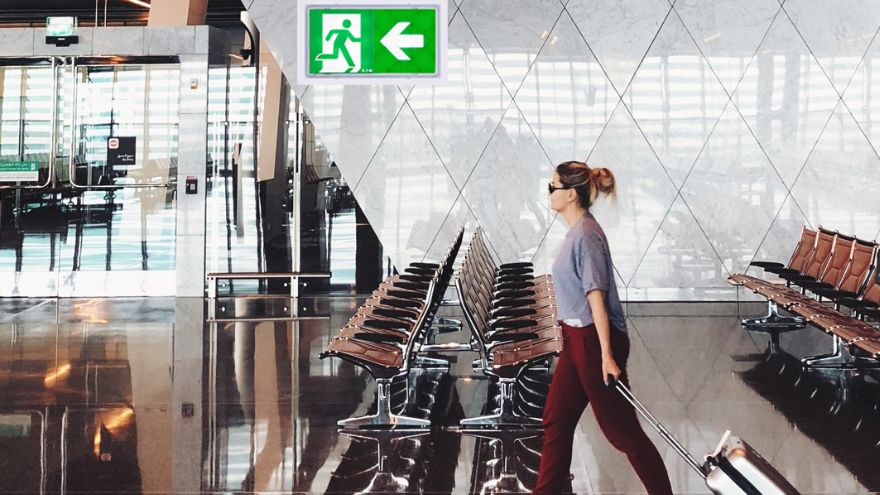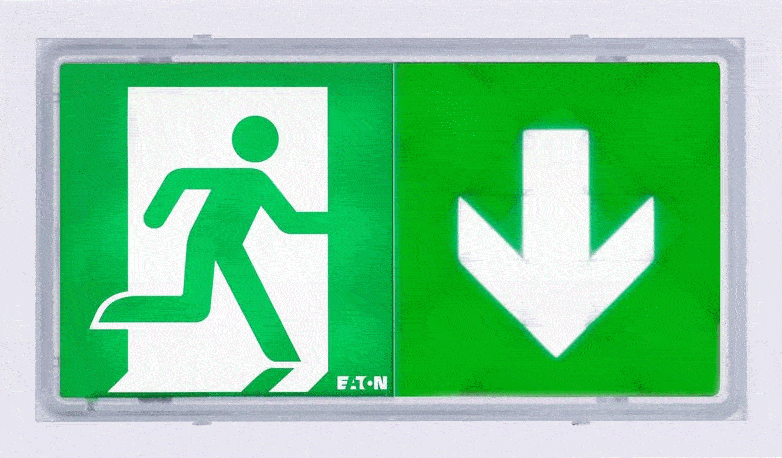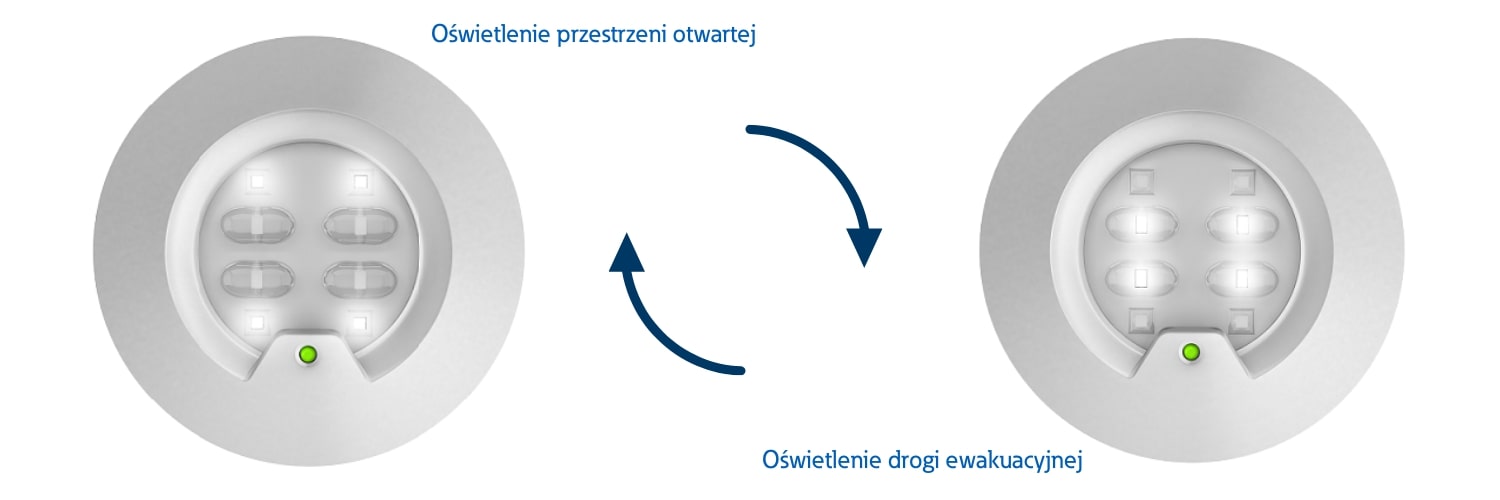The selection, operation and maintenance of emergency (evacuation) lighting can raise many questions. In the following article you will find the most important information on this topic.

Check out the EATON brand zone at the Onninen wholesaler
Emergency lighting functions
Emergency luminaires are essential in life-threatening situations. They are designed to provide adequate lighting and indicate the way to safe exits, as well as help reduce panic. Their installation and maintenance are not only necessary for the safety of commercial building infrastructure, but also required by law. Eaton , with many years of experience in the field of emergency lighting, cooperates with Polish and international industry organizations to achieve the highest standards of compliance, safety, reliability and performance.

Where is emergency lighting required?
The requirement to install emergency lighting applies to buildings and constructions, with public utility buildings being key. In addition to the installation itself, evacuation luminaires should be regularly serviced and repaired to ensure their reliability. Each emergency lighting should have a CNBOP certificate and meet the design requirements in accordance with the PN-EN 1838 standard. The responsibility for this lies with the owners of these facilities (in accordance with Art. 1 of the Act of 6 May 2005 amending the Fire Protection Act - Journal of Laws No. 100, item 835 of 8 June 2005). As for evacuation lighting lamps in the home, their presence is not regulated by the regulations.
Required emergency lighting intensity
 In open areas, the minimum intensity is 0.5 lx. Along the center line of an evacuation route up to 2 m wide, the intensity should be at least 1 lx. In the central strip, covering at least half the width of the route, the intensity should be at least 50% of this value, i.e. 0.5 lx. The measurement of the illuminance should be made at most 2 cm above the floor.
In open areas, the minimum intensity is 0.5 lx. Along the center line of an evacuation route up to 2 m wide, the intensity should be at least 1 lx. In the central strip, covering at least half the width of the route, the intensity should be at least 50% of this value, i.e. 0.5 lx. The measurement of the illuminance should be made at most 2 cm above the floor.
Types of emergency lighting fixtures
In terms of operating mode, there are two types of emergency lamps – single-task and dual-task. A dual-task luminaire, in addition to the standard lighting function, also has an emergency power supply module. This module contains, for example, a battery that powers the luminaire in the absence of an external power source. Thanks to this design, the luminaire can operate both during normal mains operation and in the event of a power failure.
How does a self-powered LED emergency luminaire work?
IN  In the event of a power outage from the AC mains, the emergency lamp switches to power from the built-in battery, emitting a designed beam of light. Depending on the battery capacity, this time can be 1 h, 1.5 h, 3 h or even 8 h. This solution is particularly beneficial in public spaces, as it helps prevent panic and ensure safety.
In the event of a power outage from the AC mains, the emergency lamp switches to power from the built-in battery, emitting a designed beam of light. Depending on the battery capacity, this time can be 1 h, 1.5 h, 3 h or even 8 h. This solution is particularly beneficial in public spaces, as it helps prevent panic and ensure safety.
Connecting the LED emergency luminaire with battery
To connect the LED emergency lamp with a battery, first plug the connector from the battery into the ignition system (ballast) located inside the fixture. Then connect the 230V AC mains power supply to the indicated place in the fixture.
Changing the optics in the emergency light
Most often, the optics are changed using a clearly visible switch, button or jumper located in the luminaire. For example, Eaton's RoundTech luminaires are equipped with such a switch. Changing the optics modifies the way the light is distributed, which allows for better adaptation of the device to its function and layout in the building space.

What does the red diode in emergency lighting indicate?
A red diode in emergency lighting indicates a problem with the operation (fault) of the luminaire's light source or a battery failure.
Emergency lighting inspection and control
Emergency lighting must be inspected at least once a year (in accordance with the Regulation of the Minister of Internal Affairs and Administration of 7 June 2010 on fire protection in buildings, other construction works and areas, and the Regulation of 11 January 2019 amending these regulations). Detailed guidelines on the frequency and methods of lighting inspections are included in the PN-EN 50172 standard.
Author:
Mariusz Skotnicki, Application Manager